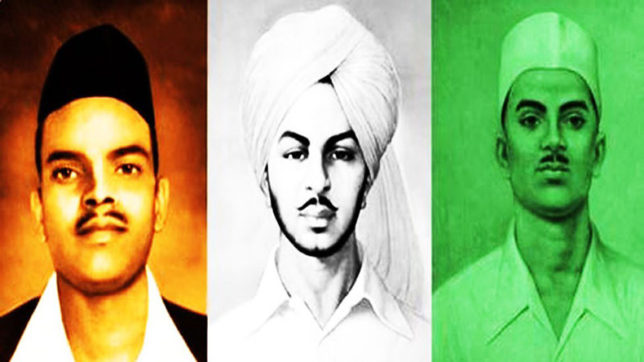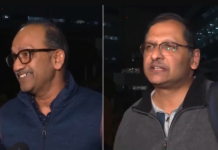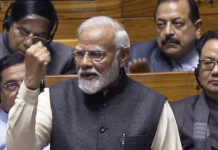23rd March 1931 was the day when three young men Bhagat Singh, Rajguru, and Sukhdev were hanged to death in Lahore’s central jail. It’s been 87 years but Indians can still feel the pain of losing the beloved revolutionaries who went through an unbearable pain during the freedom struggle. We not only feel proud of their supreme sacrifice at such a tender age but also pay tribute to their valor and unmatched spirit of patriotism.
As 23rd March is the death anniversary of freedom fighters Bhagat Singh, Rajguru, and Sukhdev, here are some valuable facts from History that prove how strong and determined were these revolutionaries:
• Bhagat Singh’s struggle for India’s independence started at the age of 12. When he visited the Jalianwala Bagh after the massacre, he was so moved that he decided to fight for the nation. He even brought home a bottle filled with the blood-soaked mud as a sign of remembrance.
• Bhagat Singh coined the term ‘Inquilab Zindabad’ which translates to ‘long live the revolution’. He was an avid reader and despite being born in a Sandhu jat family, he gave up his faith and turned into an atheist.
• Rajguru’s full name was Hari Shivaram Rajguru and he was just 22 when he was hanged to death. He aided Bhagat Singh in planning an attack on James A Scott, the officer who had ordered for lathi charge while Lala Lajpat Rai was protesting against Simon Commision.
• The real battle was started by Bhagat Singh when Lala Lajpat Rai died because of the injuries in the protest. Although Bhagat Singh and Rajguru aimed to shot James A Scott, they mistakenly shot John P Saunders. After this, the police launched a massive manhunt to catch the group.
• Bhagat Singh along with Batukeshwar Dutt bombed the Central Assembly Chamber in Delhi with low-grade explosives not to cause any harm to anyone’s life but to seek attention to their own cause. They could have easily escaped from the sight but they actually chose to stay and shouted ‘Inquilab Zindabad’. They also threw leaflets that read: It’s easy to kill individuals but not their ideas.
• Sukhdev Thapar was an active member of the Hindustan Socialist Republic Association and much like Bhagat Singh and Rajguru, he also didn’t believe in Mahatma Gandhi’s ideas of non-violence. He even wrote a letter to Gandhi before the execution protesting against his disapproval of their violent approach.
• Although Bhagat Singh was the charged with bombing the assembly, the police connected the dots and jailed the other two as well. While in prison, Bhagat Singh also protested against the ill treatment towards the prisoners by leading a hunger strike. He also demanded basic amenities for prisoners along with books and newspapers.
• The execution of Bhagat Singh, Rajguru, and Sukhdev was scheduled to take place on March 24 but instead, the three revolutionaries were hanged on 23rd March at 7:30 pm.
• It’s known that their bodies were secretly sneaked out of the jail through a hole in the back of the jail wall and were cremated in the dark of the night. Their ashes were thrown into the Sutlej River.












